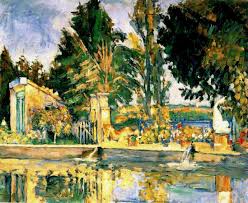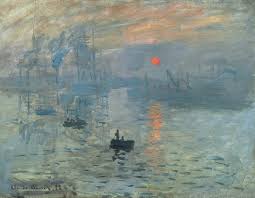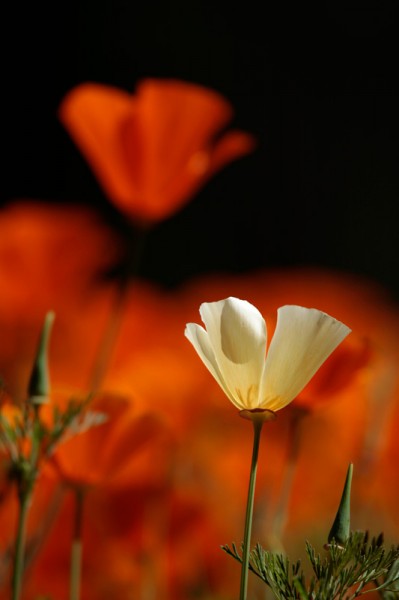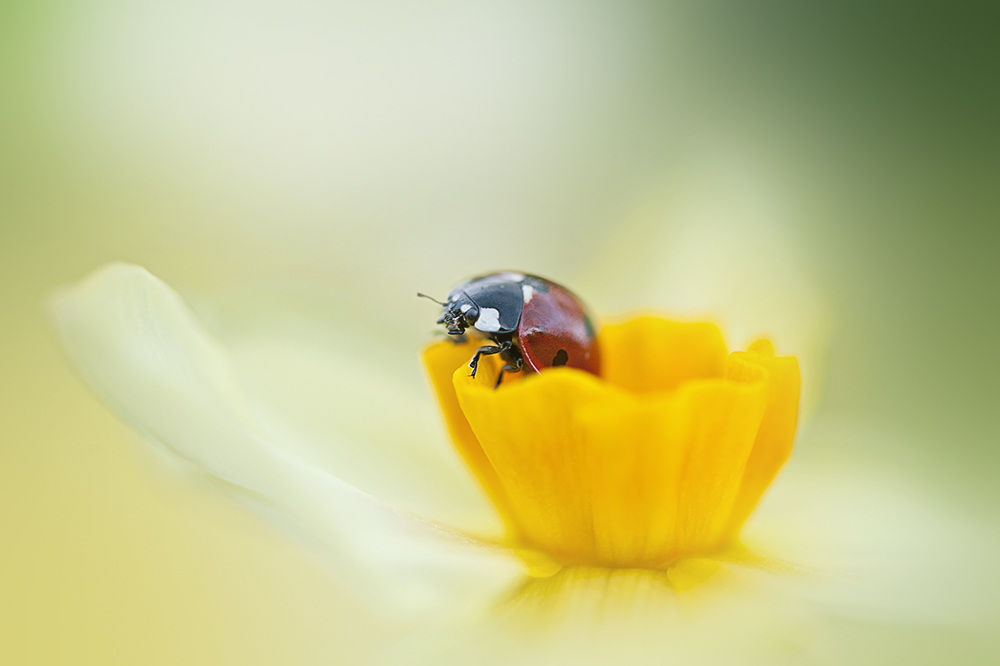misfortune
The relationship of painting and photography in contemporary art
 Photography has long since become commonplace. But if the documentary was immediately appreciated and accepted “with a bang” from the moment it appeared in 1839, then a heated debate arose about the place of art photography in the fine arts, which continues to this day.
Photography has long since become commonplace. But if the documentary was immediately appreciated and accepted “with a bang” from the moment it appeared in 1839, then a heated debate arose about the place of art photography in the fine arts, which continues to this day.
In my opinion, its main reason is that the photographic image is achieved entirely by technical means. There is no obvious man-made creative moment in it. However, it should be noted that people who refuse to have artistic photography the right to be among other visual arts do not understand that photography is based on a frame – according to Vladimir Soloukhin, “the secret of aesthetic sharpened and in-depth perception of the world around us.” This is the window through which the soul of the photographer penetrates into the photographic image. Continue reading
Impressionism as a conscious need
 … As with any other profession, the consumer always demanded quality from painting for his money. The thoroughness of the drawing, the elaboration of light and color – all these are direct attributes of quality. All of them were characteristic of the masters of painting until the end of the 19th century. Particularly high thoroughness of work performance is characteristic after the invention of oil paints by Van Eyck. Textures of fabrics, building materials, elaborate faces, figures – all reached the possible technical limit accessible to the eye and hand.
… As with any other profession, the consumer always demanded quality from painting for his money. The thoroughness of the drawing, the elaboration of light and color – all these are direct attributes of quality. All of them were characteristic of the masters of painting until the end of the 19th century. Particularly high thoroughness of work performance is characteristic after the invention of oil paints by Van Eyck. Textures of fabrics, building materials, elaborate faces, figures – all reached the possible technical limit accessible to the eye and hand.
The work of the Dutch of the 16-17th centuries can be viewed in a magnifying glass.
Such painting remained until the 19th century, until photography was invented in its misfortune. Continue reading



